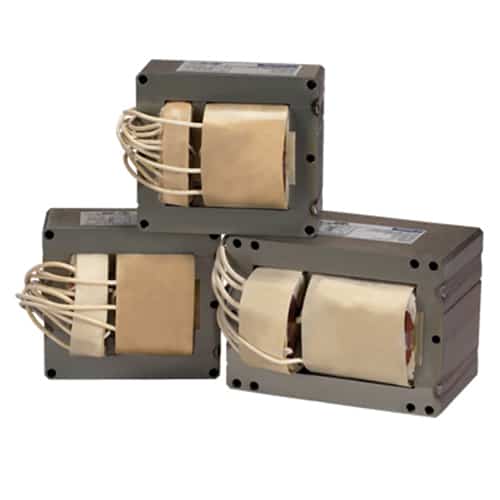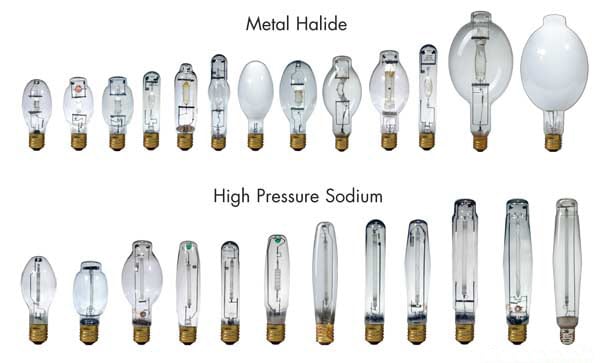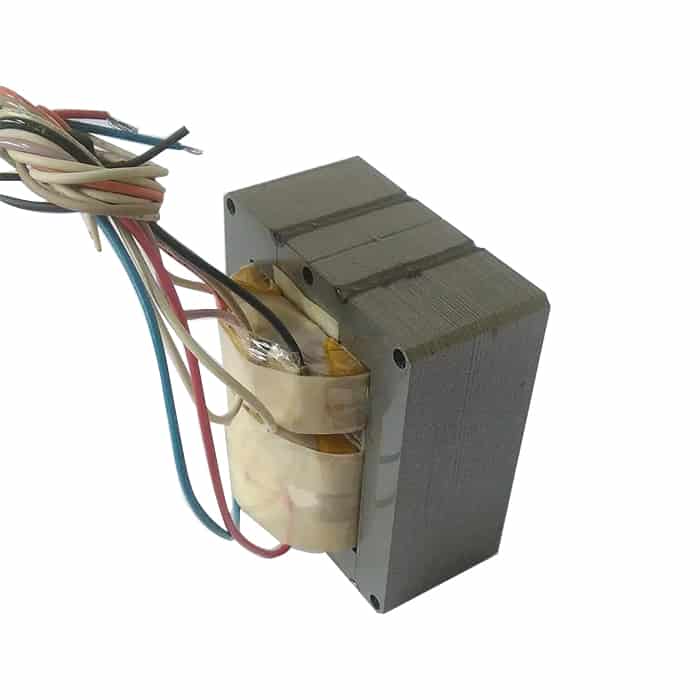Navigating the world of industrial lighting can often be puzzling. One of the most frequently asked questions revolves around the mysterious component called the “metal halide ballast.” For those who have pondered what exactly this device does, you’re not alone.
At its core, a metal halide ballast is a crucial component designed to regulate the current and voltage supplied to a metal halide lamp, ensuring its efficient and safe operation. To truly appreciate its significance, let’s delve deeper into the details and dispel some common misconceptions surrounding it.
Do Metal Halides Need Ballast?
Yes, absolutely. Every metal halide lamp necessitates a ballast. But why? Think of the ballast as the guardian of the lamp. Metal halide lamps, when directly connected to a power source, can draw more current than they need, leading to overheating and potential damage.
In more technical terms, the ballast provides the initial voltage to start the arc discharge within the lamp, then regulates the power to produce stable light output. Without a ballast, the lamp would draw an excessive current, burn out quickly, or potentially pose a safety hazard.
What is the Difference Between HPS and Metal Halide Ballast?
High-Pressure Sodium (HPS) lamps and Metal Halide (MH) lamps, though similar in many respects, have distinct characteristics, and so do their ballasts. The primary difference lies in how they produce light and the spectrum of light they emit.
HPS ballasts are specifically designed to cater to the requirements of HPS lamps, which utilize sodium to produce a warmer, more reddish light. On the other hand, metal halide ballasts cater to MH lamps, which use a combination of metal and halogen to create a brighter, more daylight-like light.
The ballasts for each type are tailored to their unique electrical needs. Using the wrong ballast for the lamp type can lead to inefficient operation, reduced lifespan, or even failure of the lamp.
Why is the Ballast so Critical?
The metal halide ballast isn’t just a supplementary component—it’s central to the lamp’s operation. The ballast ensures that the metal halide lamp receives the appropriate current and voltage. A ballast mitigates the risks of electrical fluctuations, ensuring that the lamp doesn’t draw too much power.
This balancing act is essential for the longevity of the lamp and the safety of its surroundings. A malfunctioning or absent ballast can lead to rapid degradation of the lamp or even catastrophic failure.
Ballast Types: Magnetic vs. Electronic
Historically, metal halide ballasts were predominantly magnetic. These are composed of copper coils wrapped around a core, combined with a capacitor. However, with advancements in technology, electronic ballasts have gained popularity.
Electronic ballasts use electronic circuitry to regulate the current. They’re more energy-efficient, have a faster start-up time, and often result in a longer lamp life. However, magnetic ballasts are known for their durability and simplicity, making them a viable choice in certain applications.
The Lifespan of a Metal Halide Ballast
Like any electrical component, a metal halide ballast has a finite lifespan. Typically, under normal operating conditions, these ballasts can last anywhere from 5 to 10 years. Factors influencing their lifespan include the quality of the ballast, its operating environment (like temperature and humidity), and the frequency of lamp ignition.
Proper maintenance and ensuring that the ballast is suitable for the specific lamp type can extend its operational life.
Safety Precautions and the Ballast
Safety is paramount when dealing with electrical systems. Ballasts come equipped with safety mechanisms to detect anomalies, like short circuits or end-of-life scenarios for the lamp.
These safety features ensure that in the event of irregularities, the ballast either reduces the current or shuts down the system, preventing potential hazards and ensuring the safety of both the lamp and its environment.
Environmental Considerations
As with all electronic components, disposing of a metal halide ballast requires care. Due to the presence of certain chemicals and metals, it’s crucial to recycle them properly. Many manufacturers and local bodies now offer recycling programs.
Engaging with these programs ensures that the ballast’s components are safely dismantled, reused, or disposed of, minimizing environmental impact.
Conclusion
The magnetic metal halide ballasts stand as a testament to the complex intricacies behind seemingly simple systems.
As the silent sentinel ensuring the efficiency and safety of metal halide lamps, its role is both pivotal and profound. The next time you admire the bright, consistent light from a metal halide lamp, remember the unsung hero behind it—the lamp ballasts.




